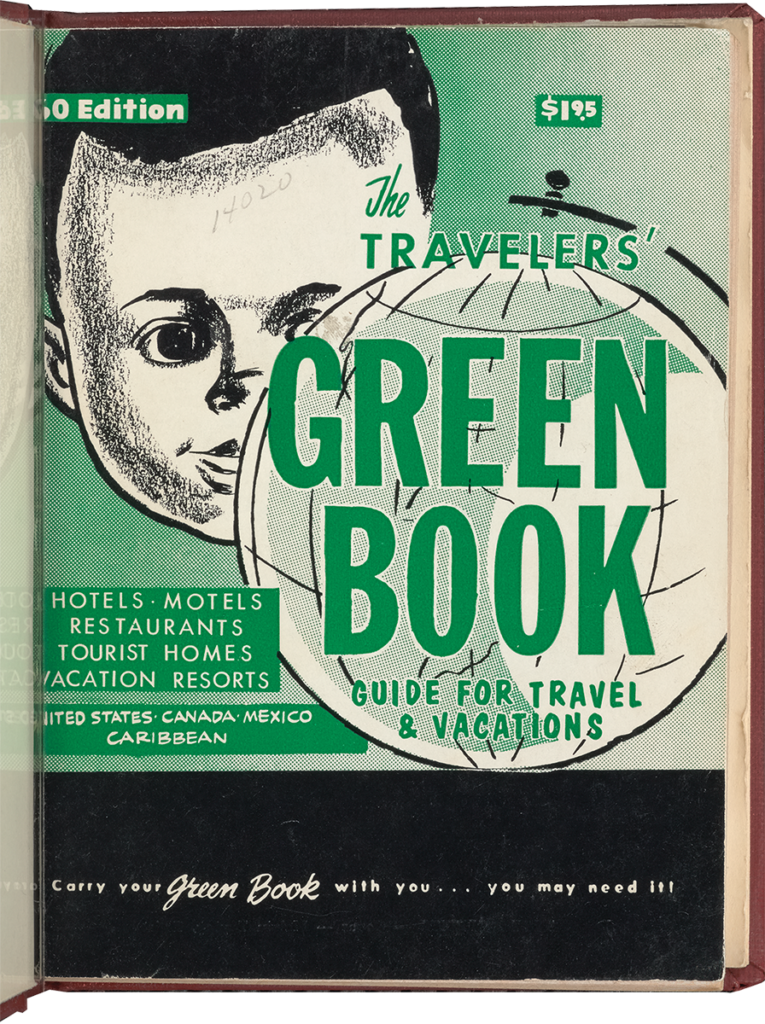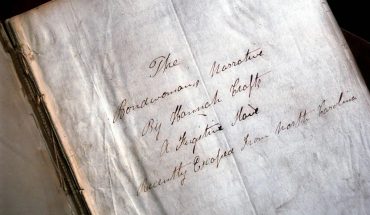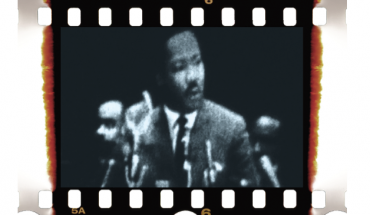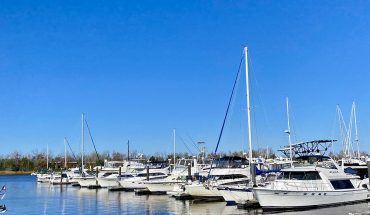In the segregated South, not all businesses welcomed Black guests. Learn about five places in Raleigh that were listed as safe spaces in an international directory.
by Emily Gajda
Through the early 1900s, the rise of Jim Crow laws and racial segregation meant that many spaces were not welcoming to Black Americans. During this time, travel was especially unsafe — while locals might know which businesses were friendly, out-of-towners would not. That’s why Victor Hugo Green, a postal carrier from Harlem, created The Negro Motorist Green Book.
The first edition of the Green Book was published in 1936. It was 15 pages long and listed businesses in metropolitan New York that Green knew welcomed Black patrons. The book was so popular that he updated and expanded it for a reprint in 1937. Green continued to use his network of postal carriers to identify friendly businesses across the United States and it soon grew into an annual, international guide. By 1940, the book was more than 80 pages long and came to be known as the “Bible of Black travel,” and by the 1960s, the title was changed to The Travelers’ Green Book, International Edition.
In addition to business listings, the Green Book included travel essays, safe-driving tips and advertisements. Through a relationship with marketing executive James A. Jackson, oil company Esso became a sponsor of the Green Book and sold it at gas stations across the United States.
The book went out of print in 1967, but interest in cataloging and preserving its listed sites has continued. The North Carolina African American Heritage Commission (AAHC) started The Green Book Project in 2017 to gather information about the 327 listings in our state into a centralized online database. “We want to advocate for these sites and hopefully save these buildings before it’s too late,” says AAHC’s associate director, Adrienne Nirdé. “It’s history that is still standing all around us, and it’s really not that long ago.”
Thanks to a recent grant from the National Trust’s African American Cultural Heritage Action Fund, the AAHC is also developing a plan for historical markers to note Green Book sites in North and South Carolina. “We’re developing the infrastructure to map these Green Book sites, with the goal of creating a case study for other places across the country to preserve and mark this history,” says Nirdé.
Of more than 30 listings from Wake County, fewer than 10 of the buildings that were listed in the Green Book are still standing, and all look drastically different. In Raleigh, many of the businesses are along East Hargett Street, an area once known as Black Main Street.
Here are five local Green Book locations you can still see today.
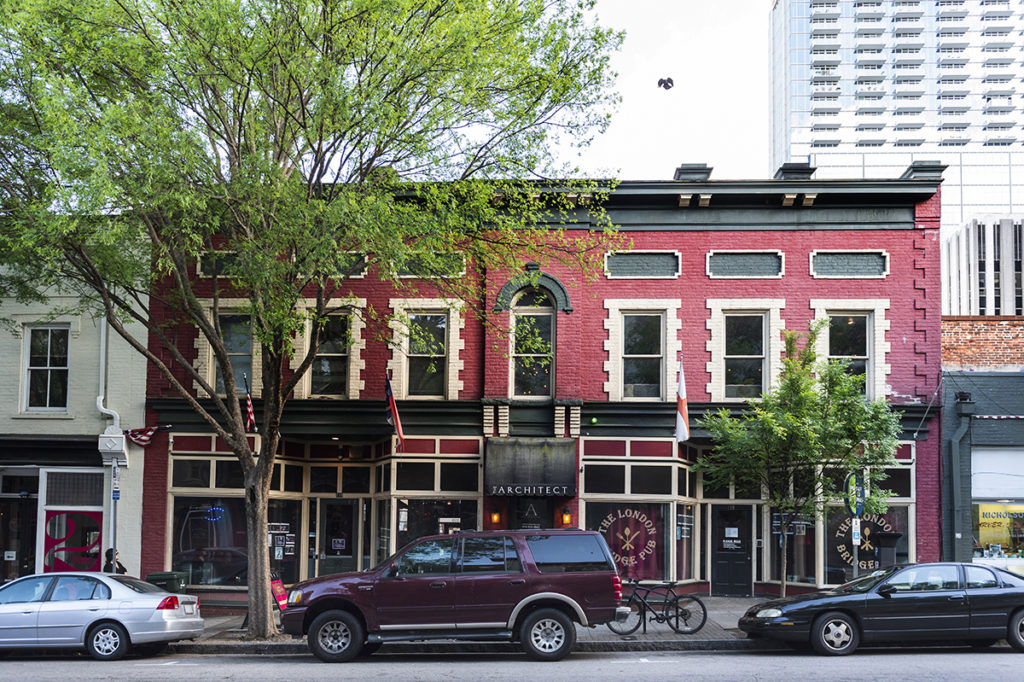
LIGHTNER ARCADE HOTEL AND DINING ROOM
122 East Hargett Street
The Lightner Arcade and Hotel was at the center of the business and cultural hub of Raleigh’s Black community for much of the 20th century. At one time, the building contained medical and law offices, a pharmacy, a restaurant, the office of The Carolinian newspaper and a hotel. Thought to be the first hotel for Black travelers in North Carolina, the Arcade was founded by mortician and architect Calvin Esau Lightner in 1921. The building changed ownership throughout the years, but was listed in the Green Book as Arcade Hotel on and off from 1938 until 1955, then as Home Eckers Hotel from 1961 through 1967. The building was destroyed by a fire in 1970, and the space it occupied now holds Raleigh’s central bus station.
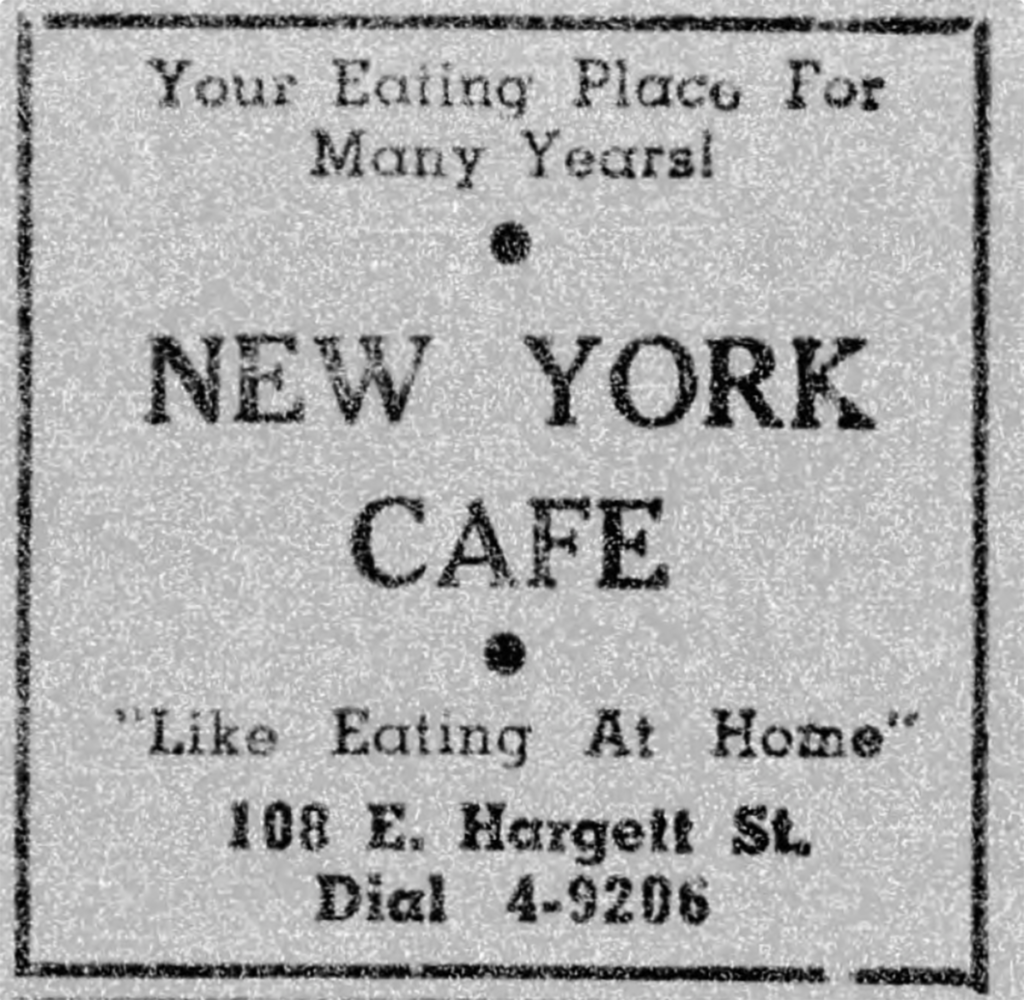
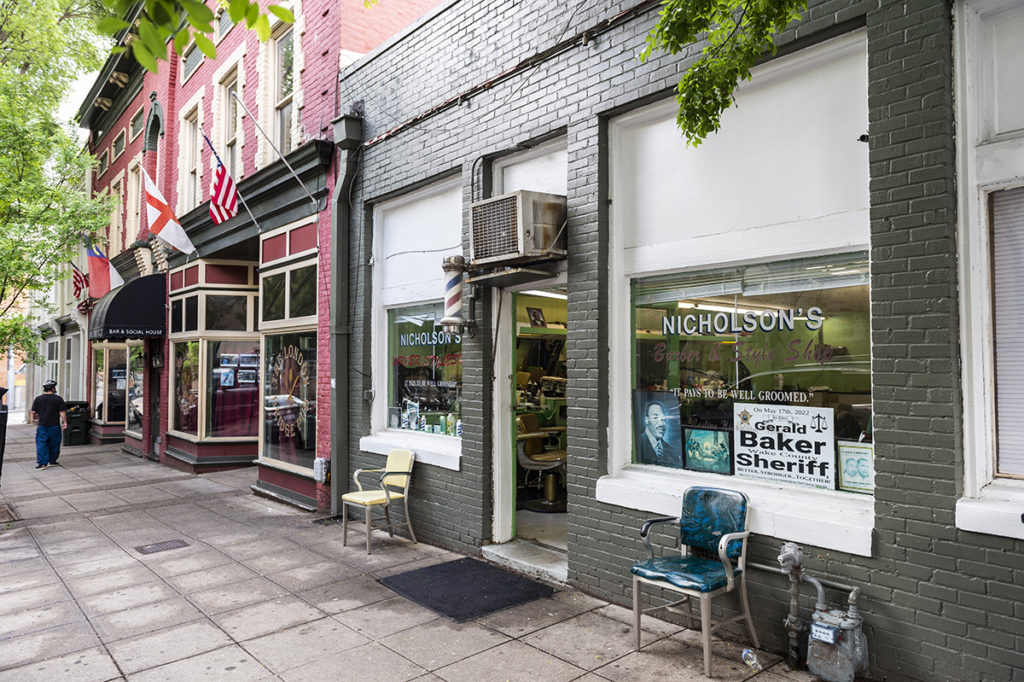
NEW YORK RESTAURANT
108 East Hargett Street
Owned by Greek immigrant William Michael Moras, New York Restaurant (also known as the New York Cafe) was a family-owned and -operated cafe on East Hargett Street listed in the Green Book on and off from 1950 until 1967. Moras’ children worked alongside African American waitstaff at the restaurant. The bright red, three-story building that housed the restaurant now holds Architect Bar and London Bridge Pub.
G. & M. TAILORING
106 East Hargett Street
Owned and operated by Joseph Miller, this tailor shop was listed in the Green Book from 1954 to 1955. Miller owned a store called Fine Men’s Shops Inc. on Fayetteville Street prior to opening G. & M. Tailoring in 1952. The low, gray building on the south side of East Hargett now holds Nicholson’s Barber & Style Shop and is right next to the red building that once held New York Restaurant.
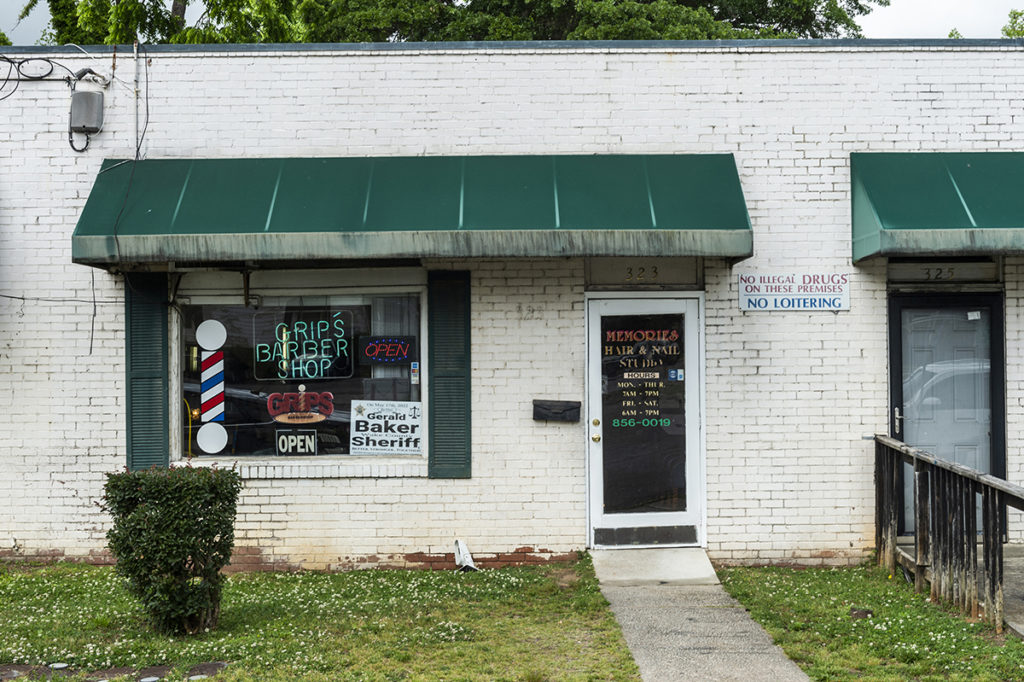
HALL’S BEAUTY PARLOR
323 North Tarboro Street
Hall’s Beauty Parlor was co-owned by Beatrice Hall, Halsie Chavis and Alice Lewis, and after three locations, found its permanent home at 323 North Tarboro Street, at the corner of North Tarboro Street and just across from the former Saint Agnes Hospital on Saint Augustine’s University campus. Hall was an influential member of the community as a beautician and taught many young women how to style and take care of their hair. The beauty parlor was advertised in the Green Book from 1954 until 1955, and its low brick building now contains a barber shop, market and other businesses.
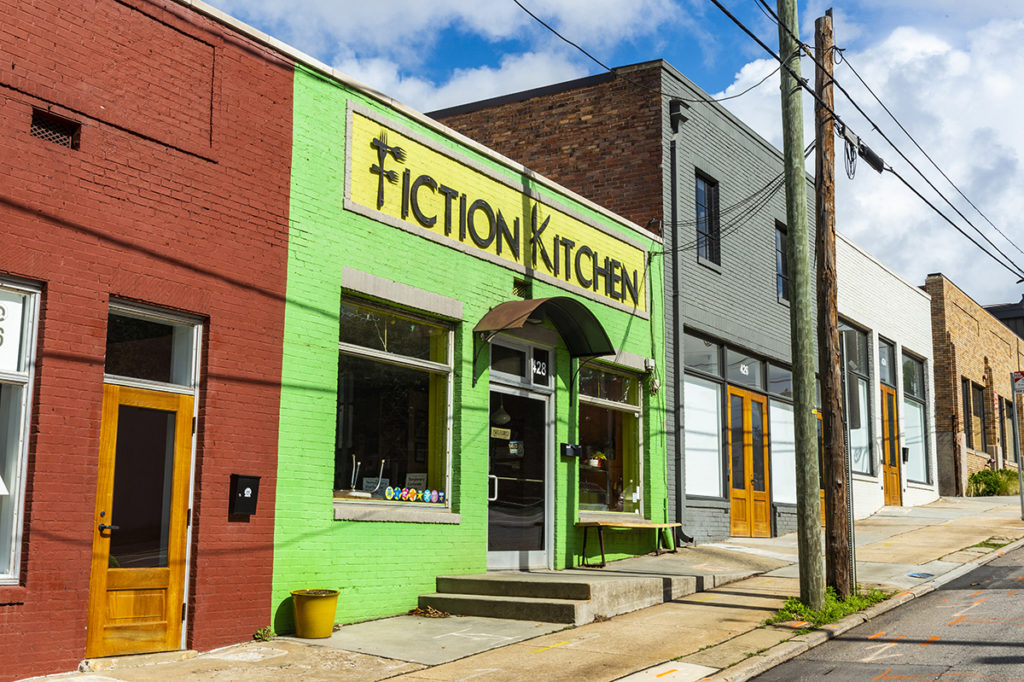
PETER & MIKE GRILL
430 S. Dawson Street
Peter & Mike Grill was created and co-owned by Michael Thevis, a Greek immigrant to the United States, and his brother-in-law Peter Pavlakos. The restaurant, which employed African Americans and was listed in the Green Book from 1950 to 1952, was at the corner of South Dawson and Cabarrus Streets. Next time you’re driving south on Dawson Street, keep an eye out for a single-story, bright green building — it now houses Fiction Kitchen.
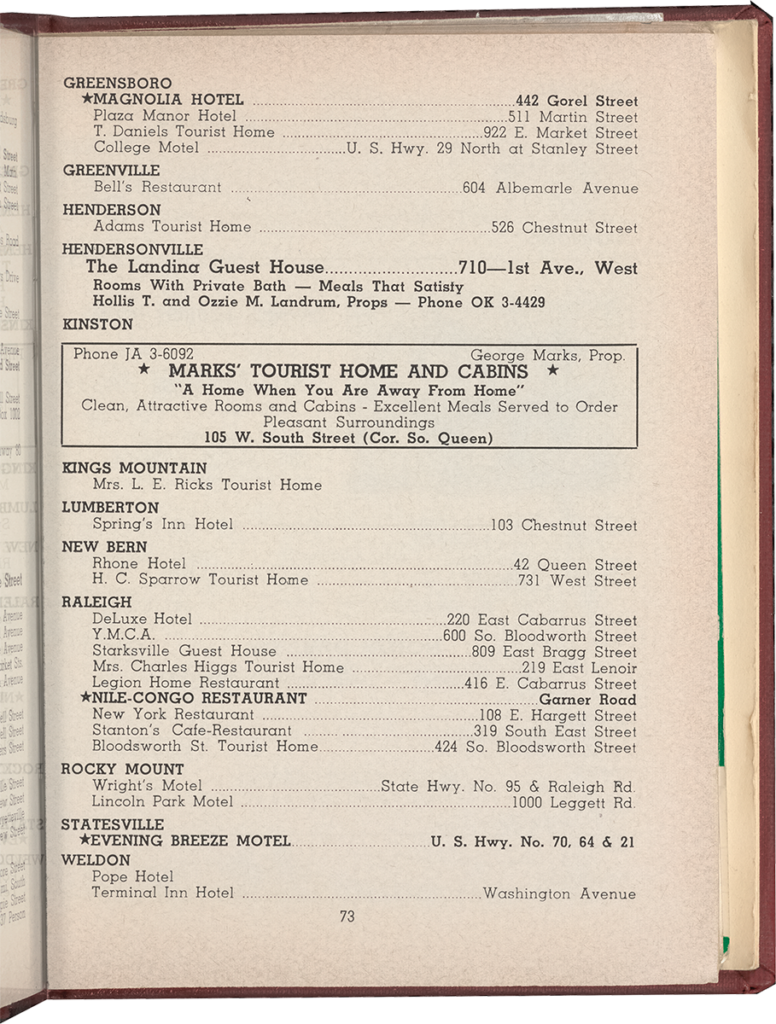
This article orginally appeard in the June 2022 issue of WALTER Magazine.

